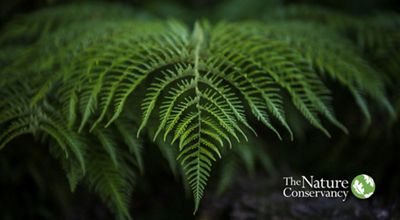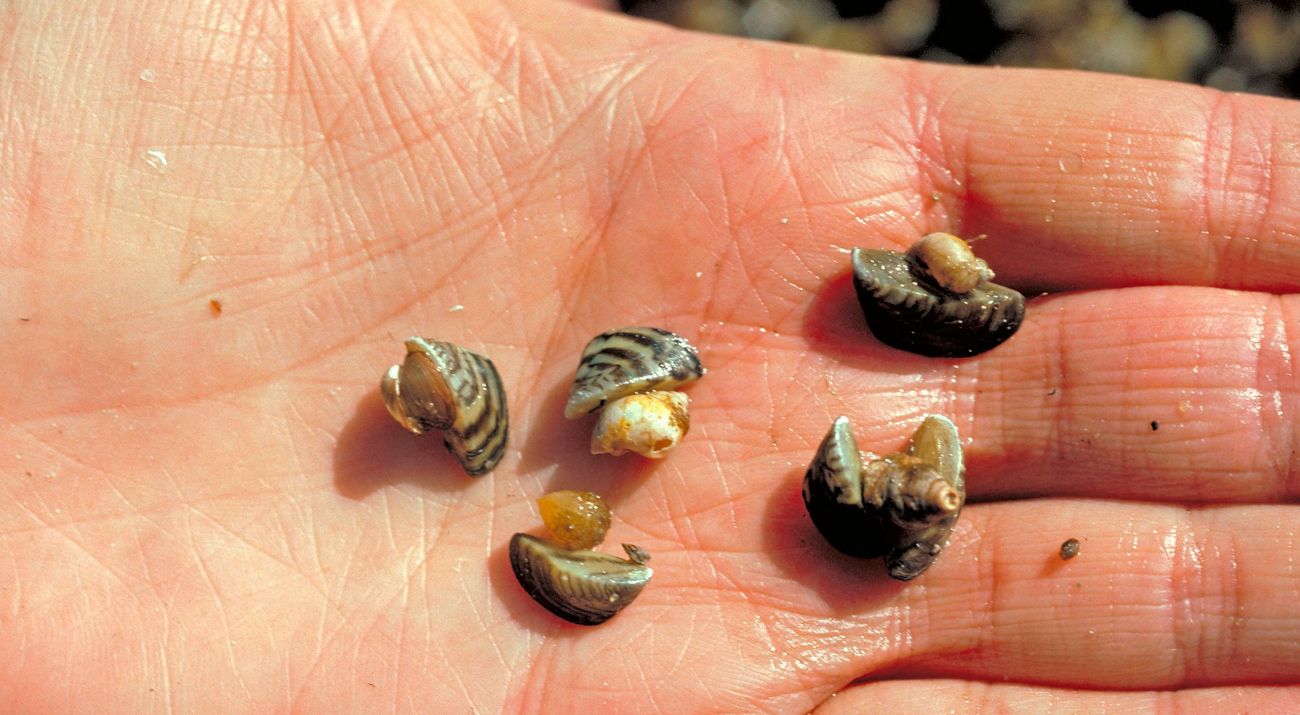Invading The Natural State
Exotic Species Threaten the Economy, Native Plants & Wildlife. See which invasive species have been found in the Natural State – and what you can do to stop them.

Invasive species damage the habitats that native plants and animals need to survive, and they hurt economies and threaten human well-being. The estimated damage from invasive species worldwide totals more than $1.4 trillion – five percent of the global economy. Listed below are but a few exotic, invasive species that have plagued Arkansas.
Northern snakehead – This long, thin fish with sharp teeth and a scary name has gotten a lot of media attention in Arkansas lately. Now found in several eastern and southern states, it was discovered in a creek in Lee County, Ark., in 2008. Wildlife officials worry that efforts to eradicate the northern snakehead before it spreads to larger rivers may be unsuccessful. Native to China, Russia and Korea, it can live in both oxygen-rich and oxygen-depleted water because it can gulp air or breathe through its gills. (If kept moist, the snakehead can survive out of water for days and can even “walk” short distances.) A voracious and aggressive feeder, the snakehead is capable of harming native fish populations through competition for food and predation. A popular food source in Asia, some believe northern snakeheads made their way to the United States in aquariums, were released into ponds and eventually escaped.
Tall fescue – This perennial, cool-season grass that grows two to four feet tall is among the most pervasive and detrimental of Arkansas’ invasive species. Native to Europe, it was introduced to the United States in the 19th century for soil stabilization, turf and as food plots for wildlife. Drought resistant and able to grow in a variety of soils, tall fescue spreads rapidly and grows in dense, solid stands capable of outcompeting almost all types of native plants in Arkansas. Making matters worse, tall fescue secrets a chemical that prevents other seeds from germinating.
Zebra mussel – These small mussels, native to the Black, Caspian and Azov seas, vary in color but get their name from shells that are often striped. They’ve become infamous for their propensity to attach to pipes, rendering water supply, nuclear power and industrial plants inefficient or even inoperative. While all mussels filter and help clean water as they feed on microscopic organisms, large populations of zebra mussels can remove so much biomass from the water that they have a negative effect on other aquatic species, including game fish. Their ability to cling to manmade items, including boats, has exacerbated their invasion into non-native waters, including Arkansas, where they’d become established by 1992.
Hydrilla – These “seaweeds” are actually perennial herbs with long stems that branch at the water’s surface, forming dense mats. Thought to have originated on the Indian subcontinent, hydrilla, once established, disrupts aquatic ecosystems in several ways. An aggressive grower, it can block the sunlight from reaching native plants, and it has even been shown to lower oxygen levels and alter in other ways the chemical characteristics of lakes. Its heavy growth can also obstruct recreational activities like swimming and boating and affect water flow. It’s become common along the Atlantic Seaboard and southern states, including Arkansas, where it was found in Lake Ouachita and DeGray Lake in the late 1990s. Hydrilla is thought to have gotten its start after being discarded from aquariums.
Boll weevil – While the boll weevil wreaked havoc on U.S. cotton growers for decades after making its way from Mexico in the late 1800s, 2009 marked a significant milestone in the war to eradicate the invasive pest. This year was the first in more than 100 that not one single boll weevil was found in Arkansas. (Statistics for surrounding Delta states are promising as well.) The triumph comes 31 years after the U.S. Department of Agriculture started the Boll Weevil Eradication Program.
What You Can Do
You can help stop the introduction and spread of invasive species. Protect native plants and animals by following these six easy guidelines:
- Ask your local nursery staff for help to ensure the plants you are buying for your yard are not invasive. Replace invasive plants with non-invasive alternatives. Better yet, go native!
- When boating, clean your boat thoroughly before transporting it to a different body of water.
- Clean your boots before you hike in a new area to get rid of hitchhiking weed seeds and pathogens.
- Don't "pack a pest" when traveling. Fruits and vegetables, plants, insects and animals can carry pests or become invasive themselves.
- Don’t move firewood. It can harbor forest pests.
- Don't release aquarium fish and plants, live bait or other exotic animals into the wild. If you plan to own an exotic pet, do your research and plan ahead to make sure you can commit to looking after it.
- Volunteer at your local park, refuge or other wildlife area to help remove invasive species. Help educate others about the threat.
